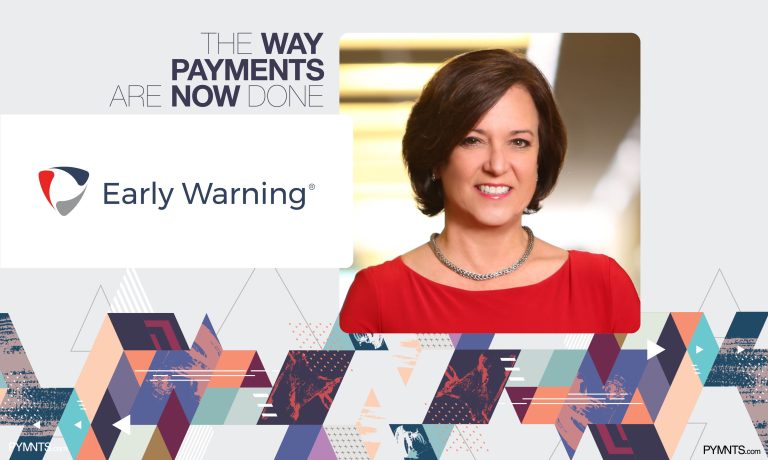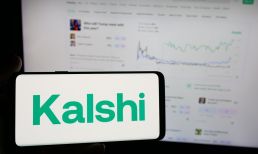“In the age of instant gratification and 24/7 everything, faster payments are becoming table stakes, and no one wants to be left in the dust,” says Lou Anne Alexander, chief product officer of Early Warning. Read more of her insights below, and get 32 other executives’ perspectives in “The Way Payments Are Now Done.”
When I think about what defines payments today, the word that comes to mind is “fast.” And they’re getting even faster.
Recently, I sent money to a family member who was a few states away. It only took a few taps in my banking app, and she received the funds in an instant, directly into her bank account. It wasn’t too long ago that a similar payment type would have taken about a week, from writing and mailing a check, to depositing it, to waiting for it to clear. This sense of acceleration is something that many customers now consider part of their standard payments routine that wasn’t the case a year or two ago.
Over the past year, more than $400 billion flowed through the Zelle Network® on transactions just like mine. Some of these payments were sent by users who had leveraged the service for a while. In other cases, it was the user’s first time sending or receiving a peer-to-peer (P2P) payment. They needed a fast, safe and easy – and socially distanced – way to pay back neighbors for groceries, split expenses or send money to someone to help with the hardships of the pandemic. Or maybe they needed to pay a small business or receive an insurance reimbursement.
It’s important to note that this increased usage stretches across age groups and demographics. In a 2020 consumer survey conducted by Zelle, nearly 50% of seniors (age 55+) said they were using P2P payments more frequently since the start of COVID-19.
Regardless of their initial reason for trying Zelle, once people experience the speed and convenience it offers, chances are they won’t go back to the old way of doing things. What’s more, they start to expect the same level of speed and convenience across all the payments they make and receive throughout their lives. Banks and credit unions must recognize this evolution in customer expectations and consider how they are equipped to meet their customers’ and members’ needs, both today and in the years to come. In the age of instant gratification and 24/7 everything, faster payments are becoming table stakes, and no one wants to be left in the dust.
Advertisement: Scroll to Continue




